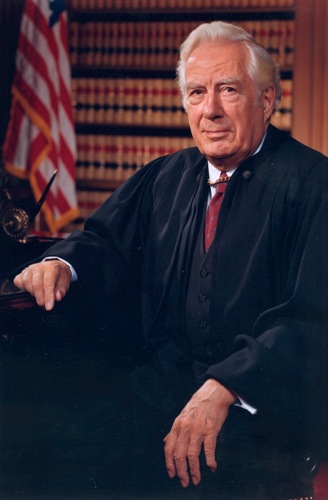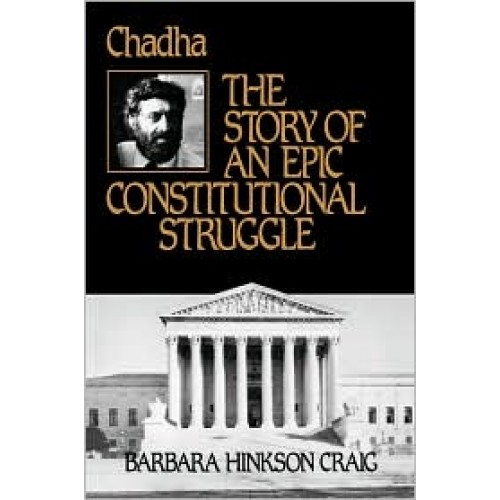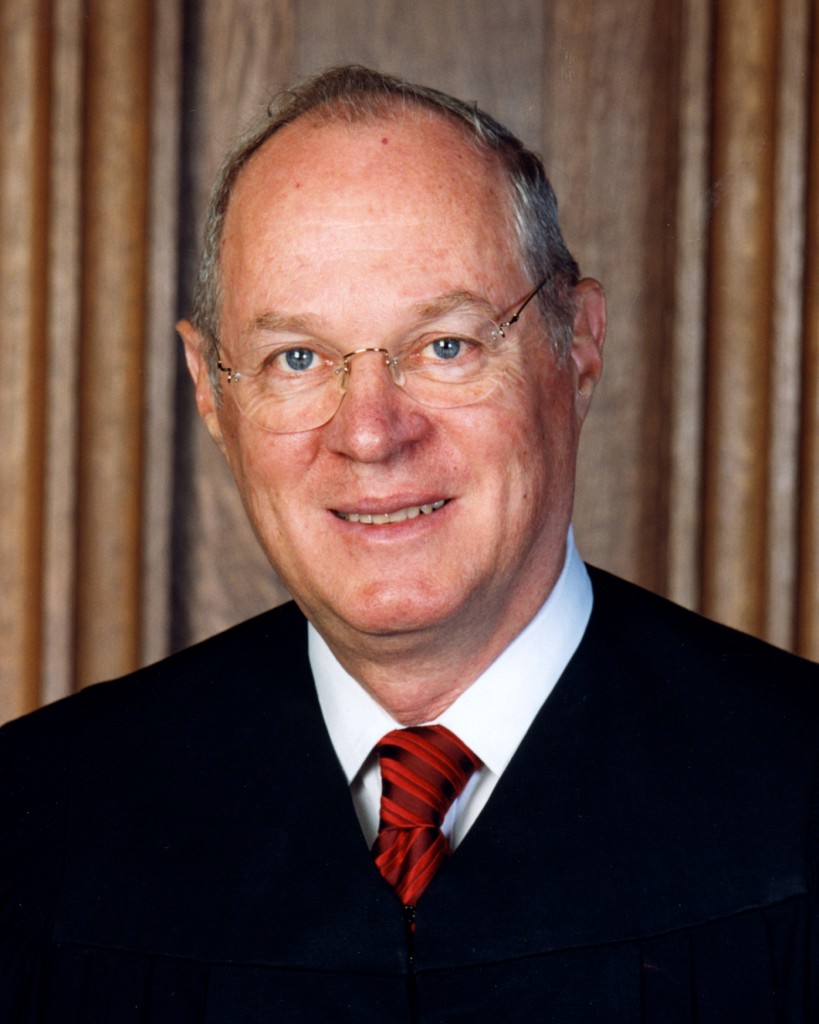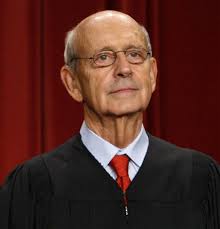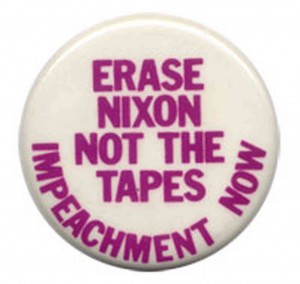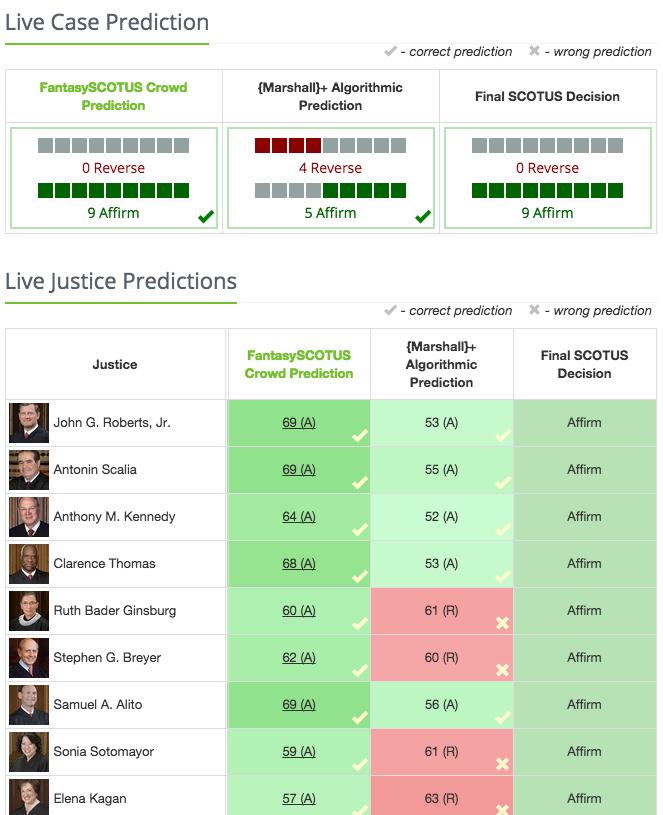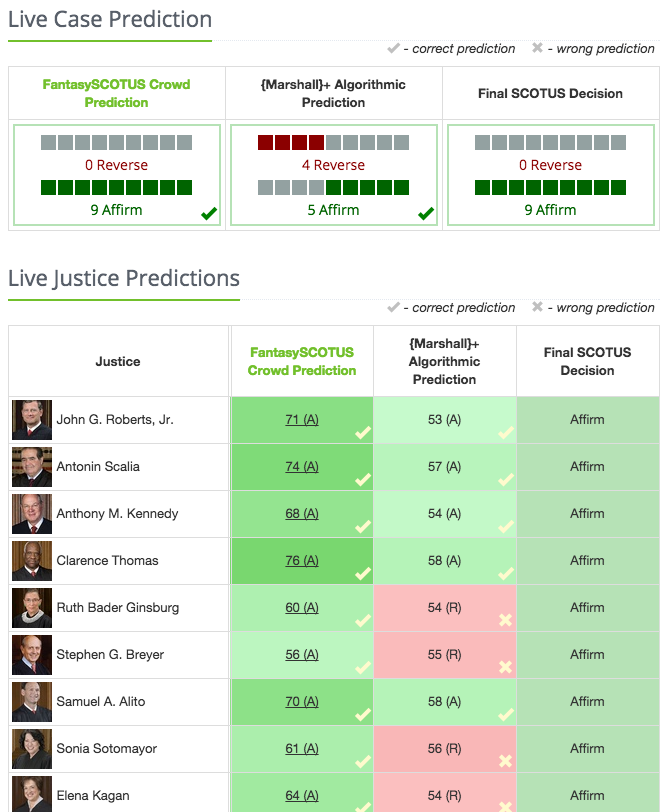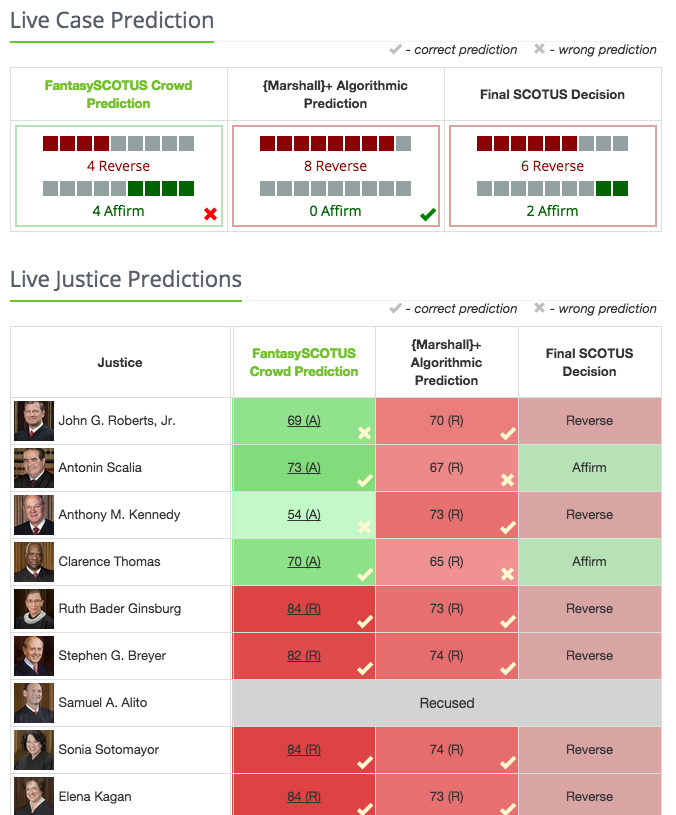In Montgomery v. Louisiana, the Court holds that the Constitution compels state courts to retroactively apply the 2012 decision in Miller on post-conviction relief. The consequence of this decision is that state courts are going to have to provide the opportunity for parole for any juvenile sentenced to LWOP. How did the Court reach this conclusion? Justice Kennedy acknowledges that the previous precedents of the Court “do not directly control the question the Court now answers for the first time.” So what’s the answer? Apparently, the Supremacy Clause.
If a State may not constitutionally insist that a prisoner remain in jail on federal habeas review, it may not constitutionally insist on the same result in its own postconviction proceedings. Under the Supremacy Clause of the Constitution, state collateral review courts have no greater power than federal habeas courts to mandate that a prisoner continue to suffer punishment barred by the Constitution. If a state collateral proceeding is open to a claim controlled by federal law, the state court “has a duty to grant the relief that federal law requires.” Yates, 484 U. S., at 218. Where state collateral review proceedings permit prisoners to challenge the lawfulness of their con finement, States cannot refuse to give retroactive effect to a substantive constitutional right that determines the outcome of that challenge.
Huh? This conclusory assertion effects a radical expansion of the meaning of the Supremacy Clause, without even the slightest analysis, or regard for what it portends in other areas of post-conviction law. Shame on the Chief Justice for joining this slippery conclusion, which will be cited for years to come in contexts unimaginable.
Scalia’s dissent destroys this ipse dixit.
The majority can marshal no case support for its con- trary position. It creates a constitutional rule where none had been before: “Teague’s conclusion establishing the retroactivity of new substantive rules is best understood as resting upon constitutional premises” binding in both federal and state courts. Ante, at 8. “Best understood.” Because of what? Surely not because of its history and derivation.
Because of the Supremacy Clause, says the majority. Ante, at 12. But the Supremacy Clause cannot possibly answer the question before us here. It only elicits another question: What federal law is supreme? Old or new? …
How can it possibly be, then, that the Constitution requires a state court’s review of its own convictions to be governed by “new rules” rather than (what suffices when federal courts review state courts) “old rules”? …
The majority, however, divines from Siebold “a general principle” that “a court has no authority to leave in place a conviction or sentence that violates a substantive rule, regardless of whether the conviction or sentence became final before the rule was announced.” Ante, at 11. That is utterly impossible. No “general principle” can rationally be derived from Siebold about constitutionally required remedies in state courts; indeed, the opinion does not even speak to constitutionally required remedies in federal courts.
Scalia rejects any notion that this result is constitutionally compelled.
The majority’s maxim that “state collateral review courts have no greater power than federal habeas courts to mandate that a prisoner continue to suffer punishment barred by the Constitution,” ante, at 12–13, begs the ques- tion rather than contributes to its solution. Until today, no federal court was constitutionally obliged to grant relief for the past violation of a newly announced substantive rule. . . . maxim shown to be more relevant to this case, by the analysis that the majority omitted, is this: The Supremacy Clause does not impose upon state courts a constitutional obligation it fails to impose upon federal courts.
Scalia also rejects that this result could be compelled by the Due Process Clause or the Equal Protection Clause:
All that remains to support the majority’s conclusion is that all-purpose Latin canon: ipse dixit. The majority opines that because a substantive rule eliminates a State’s power to proscribe certain conduct or impose a certain punishment, it has “the automatic consequence of invali- dating a defendant’s conviction or sentence.” Ante, at 9. What provision of the Constitution could conceivably produce such a result? The Due Process Clause? It surely cannot be a denial of due process for a court to pronounce a final judgment which, though fully in accord with federal constitutional law at the time, fails to anticipate a change to be made by this Court half a century into the future. The Equal Protection Clause? Both statutory and (in- creasingly) constitutional laws change. If it were a denial of equal protection to hold an earlier defendant to a law more stringent than what exists today, it would also be a denial of equal protection to hold a later defendant to a law more stringent than what existed 50 years ago. No principle of equal protection requires the criminal law of all ages to be the same.
To Scalia, the principle of “finality” demands that the opinion is wrong:
The majority grandly asserts that “[t]here is no grandfa- ther clause that permits States to enforce punishments the Constitution forbids.” Ante, at 12 (emphasis added). Of course the italicized phrase begs the question. There most certainly is a grandfather clause—one we have called finality—which says that the Constitution does not re- quire States to revise punishments that were lawful when they were imposed. Once a conviction has become final, whether new rules or old ones will be applied to revisit the conviction is a matter entirely within the State’s control; the Constitution has nothing to say about that choice.
Justice Thomas’s dissent also rejects this perverse reliance on the Supremacy Clause:
No provision of the Constitution supports the Court’s holding. The Court invokes only the Supremacy Clause, asserting that the Clause deprives state and federal post- conviction courts alike of power to leave an unconstitu- tional sentence in place. Ante, at 12–13. But that leaves the question of what provision of the Constitution supplies that underlying prohibition.
The Supremacy Clause does not do so. That Clause merely supplies a rule of decision: If a federal constitu- tional right exists, that right supersedes any contrary provisions of state law. See Art. VI, cl. 2 (“This Constitu- tion, and the Laws of the United States which shall be made in Pursuance thereof . . . shall be the supreme Law of the Land; and the Judges in every State shall be bound thereby, any Thing in the Constitution or Laws of any State to the Contrary notwithstanding”). Accordingly, as we reaffirmed just last Term, the Supremacy Clause is no independent font of substantive rights. Armstrong v. Exceptional Child Center, Inc., 575 U. S. ___, ___ (2015) (slip op., at 3).
The Supremacy clause is not a independent source of substantive rights.
It’s bad enough the Court’s outcome-determinative jurisprudence has adulterated the 8th Amendment beyond any conceivable neutral principle of law. Now, it has infected the Supremacy Clause. (At least today’s per curiam decision did not purport to rely on the Supremacy Clause).
